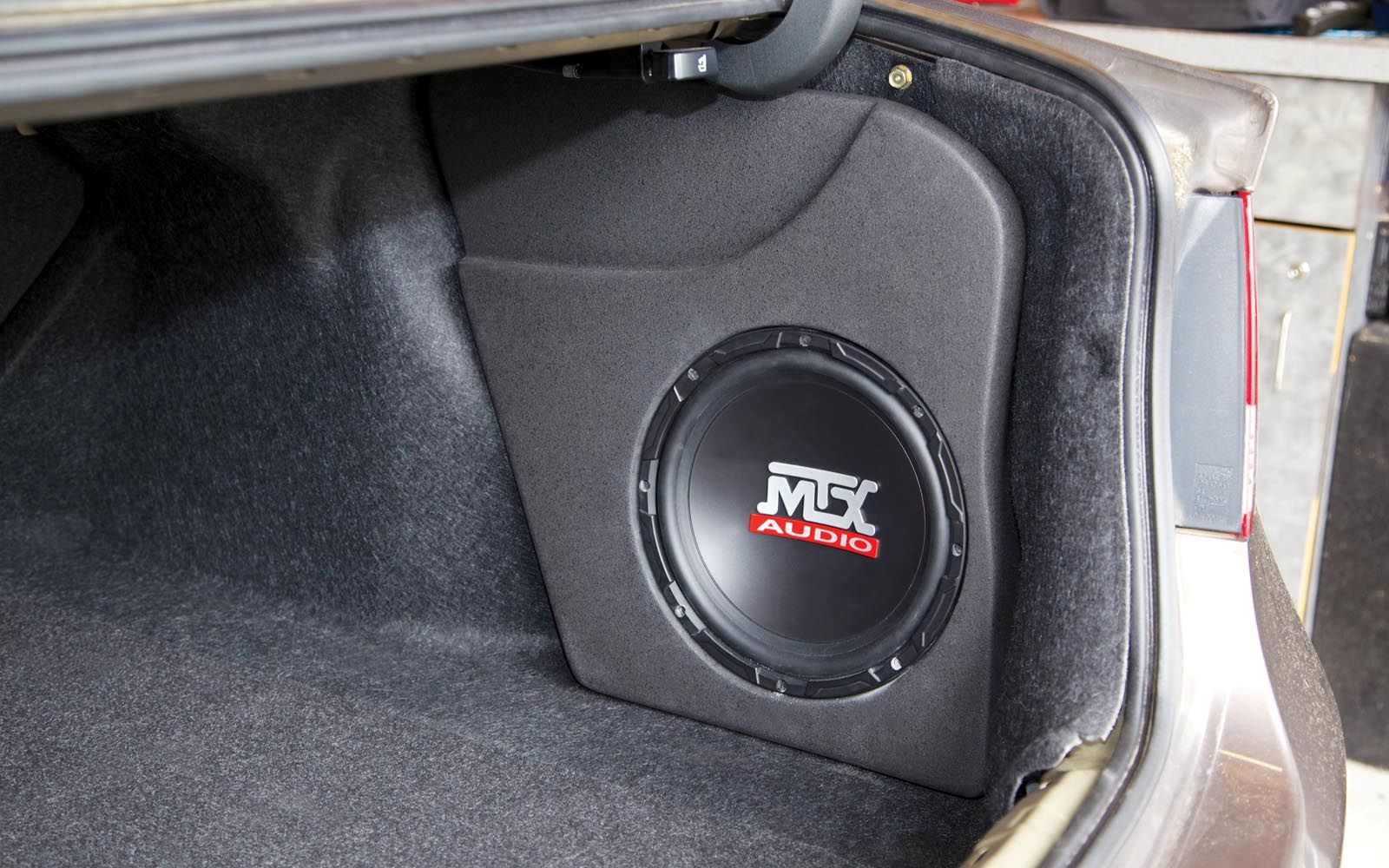Parallels For High Sierra
- Hey Kent, Thanks for your feedback. Yes, in Parallels Desktop 16 you can install Mac OS X Snow Leopard 10.6.x. For these OSes you don’t need to install the Server version: macOS Big Sur 11.0 (when released), macOS Catalina 10.15, macOS Mojave 10.14.x, macOS High Sierra 10.13.x, macOS Sierra 10.12.x, OS X El Capitan 10.11.x, OS X Yosemite 10.10.x, OS X Mavericks 10.9.x, OS X.
- Starting with macOS® High Sierra, Apple warns you about system extensions. You have a choice: trust the company and allow system extensions to load, or do not trust and lose the functionality. Why does Parallels use system extensions? Parallels provides high-performance solutions to run operating systems like Windows on top of macOS.
It’s that time of year—iPhone pre-order season, and the release of a new macOS. Just like the new iPhone X, this year’s macOS release has IT administrators excited, as well as nervous. This year, there is ample reason to be excited, with the release of Apple File System (APFS). If you have not yet heard about the new file system, Apple’s web site has more detailed information.
Parallels 8 High Sierra
Parallels Mac Management for Microsoft SCCM customers have been asking about compatibility with APFS since it was first rumored. As the API keeps evolving, it was uncertain what the final release would look like, but now we are able to answer questions and share some great news. Drivers universalbox.
Parallels Mac Management v6.1
In early October, we plan to release Parallels Mac Management v6.1. This release will officially support macOS High Sierra 10.13. You can expect Parallels Mac Management to work seamlessly with macOS High Sierra, with just a few limitations:
- In rare cases, a Mac may not be able to NetBoot a macOS image; you may see a blank screen at the end of the boot sequence. We are investigating the issue and will update users with more information as soon as it is available.
- The Format and Partition Disk task sequence step has limited support for APFS.
- The following OSD scenarios are supported by Parallels Mac Management v6.1:
- Apply macOS High Sierra 10.13 to a Mac that has already upgraded to 10.13, without re-partitioning
- Format and partition, then apply macOS High Sierra 10.13 with implicit conversion to APFS

Parallels Mac Management Releases Prior to v6.1
Download techfaith port devices driver. Webscan usb devices driver download for windows 10. Releases prior to v6.1 are not officially supported on macOS High Sierra. If you need to manage macOS High Sierra devices you must upgrade to Parallels Mac Management 6.1 (or newer). At the time of writing, we are aware of the following compatibility issues with macOS High Sierra:
High Sierra 13.3.2 & higher. Sierra 12.2 & higher. 16 Gb of RAM is optimal and 15GB Hard drive space. Note: El Capitan and Yosemite are not compatible. To Run OSXFH on a new mac you will need to: 1. Purchase the ‘Parallels Desktop for Mac V16’ software from Parallels.com or use the 30 day trial.
Parallels For Mac High Sierra
- Not able to create a boot image from a Mac with macOS High Sierra installed
- Not able to create a system image from an APFS volume
- No APFS support in the Format and Partition Disk task sequence step
- Not able to enable FileVault2 on an APFS volume
- If during macOS upgrade the encrypted disk is convert to APFS, the recovery key will not be shown in the Mac device resource properties (the key will not be lost, only not shown)
- Not able to enroll a Mac with macOS High Sierra installed in the Apple Device Enrollment Program (DEP)
Download Parallels Mac Management v6.1
Parallels Mac Management v6.1 will be available in early October. If you have an active license you can visit the Parallels site to download the most current version.
Feedback
Parallels 9 High Sierra
If you would like to suggest a feature, please post your ideas in the Feature Suggestions Forum.
